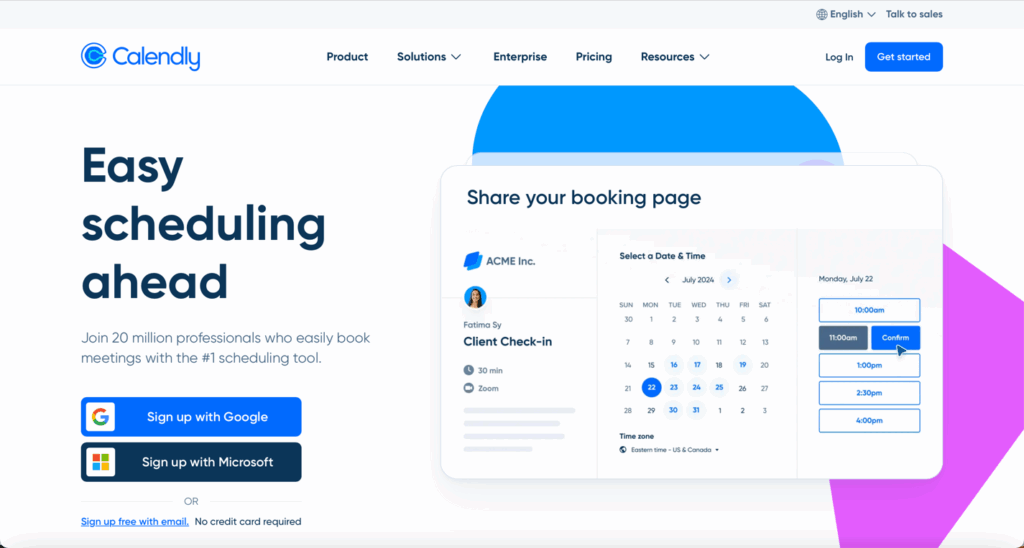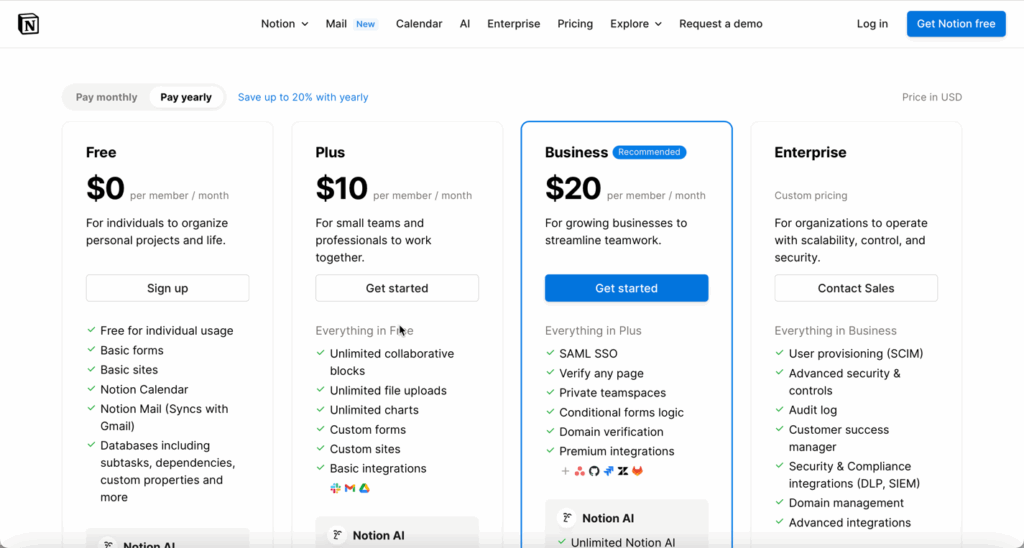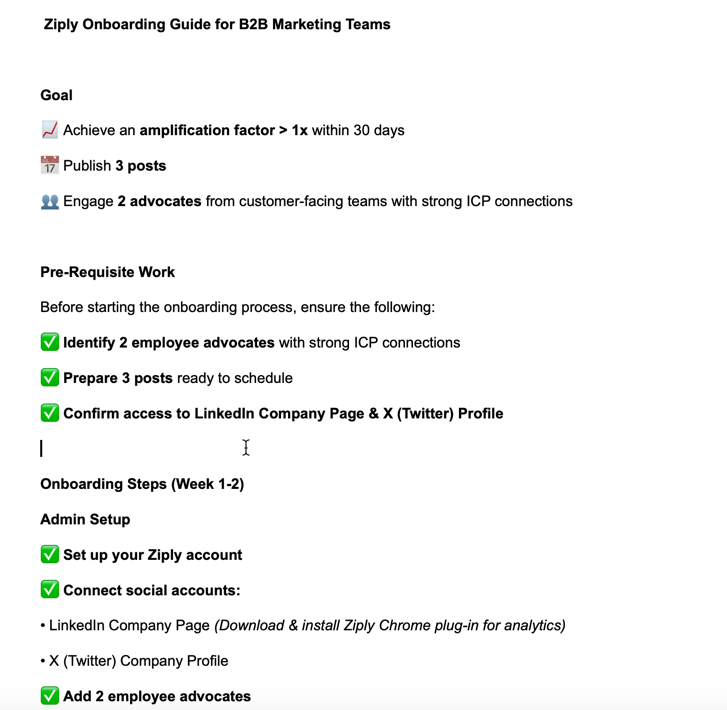
Customer experience is a differentiator and PMs are responsible for it
Recently, I was teaching a PM class and one of the questions asked was how to manage the product for an already established and mature company.
I suggested looking to avenues to grow the product to adjacent areas, capabilities, markets, segments. If you are already established I pointed them to my growth article.
But then I thought about another angle. As I am currently building Ziply, I always look every capability through the lens of the customer experience. I deeply think across their journey and build the right experiences. Not just while using the product, but also prior to purchase and post purchase.
We are not there yet, and it’s a work in progress as of today.
Experience > Features
B2B product managers often obsess over features. Rightly so—capabilities matter. But if you want to win and retain customers, features alone won’t cut it. What truly differentiates a product in a crowded B2B market is the end-to-end experience.
In B2B, your product is more than the UI and the functionality. It includes how easy it is to evaluate, buy, adopt, get help with, and grow with your product. Many PMs limit their responsibility to the feature backlog and delivery timelines. But that’s a narrow view.
Your real job? Map the full customer journey and reduce friction at every stage. From the first touchpoint (often your website) to renewal or expansion—every interaction is part of the product experience.
And customers notice. Even if a competitor has feature parity, they’ll choose the product that is easier to work with.
Effort is the Enemy
One way to think about product experience is through the lens of customer effort. The less effort required, the better the experience. Here are some common but often ignored areas where effort piles up:
Is it easy to understand what your product does?
If a prospect can’t explain your product after a 30-second scroll on your homepage, you’ve already lost. Look at this home page from recall.ai. That clarity matters.

Is it easy to try your product?
Can a customer test your product without filling out a form, booking a call, or talking to sales? Calendly nailed this. One link. One click. You’re using the product.

Is pricing clear and transparent?
Obscured pricing doesn’t help anyone in mid-market SaaS. If your pricing requires a PDF, you’re adding friction. Clear pricing builds trust. Look at this example for notion.

On the contrary, Salesforce is known for convoluted and opaque pricing. Which creates a bad taste for customers and the relationship starts a bit rocky.
Is onboarding intuitive?
The first 5 minutes inside your product should deliver value or show the path to value. Not a wall of settings, empty states, or cryptic tooltips.
One of the best onboarding I have seen is from Clickup. They help you get started very quickly. And then followup with emails for the first 10 days or so. Giving you tips and tricks.
Is help easy to find and use?
Customers shouldn’t have to open a support ticket for basic answers. Great help centers are searchable, short, and integrated into the product. Intercom, Notion, and Linear all do this well.
Is the UI simple—even if not flashy?
A minimal interface that’s easy to use beats a beautiful but complex one. Look at Stripe’s dashboard: plain, fast, and frictionless. Or Linear—no fluff, just speed.
There are many other questions a B2B buyer will have – security, single sign on, integrations, training. Those are all opportunities to help improve the experience.
For example, they may have anxiety about how the product will integrate with their existing systems. Share documentation or have a page that shows how integration works.
Or they may want to know who to onboard and train users. Offer to show your onboarding process in detail with step by step. At Ziply, I recently created a structured onboarding plan.

If a customer is not aware of some aspect of your product or find it confusing, it creates a permanent doubt. And it take a lot of effort for a sales rep to overcome that. But if the customers are able to get that information and get the point clarified, then they build confidence on your product on their own. Customers figuring out your product on their own, is very powerful.
The Entire Company is the Product
PMs don’t own support, sales, or onboarding—but customers don’t care. From their perspective, every interaction is part of the product. The salesperson who overpromised, the CSM who ghosted, the support agent who forwarded you three times—they all shape your product’s reputation.
Great B2B PMs work cross-functionally to close these experience gaps. They think through the full journey and remove blockers at every step—not just in the UI, but across the organization.
It does not mean you have to actually build the marketing web site, or the support process or fix pricing. But as a PM, it is our job to highlight the customer experience across the journey.
How to Get Started
-
Map the customer journey from discovery to onboarding to renewal.
-
Identify high-friction areas—where are customers getting stuck or dropping off?
-
Collaborate with other teams—CS, support, sales, marketing—to improve touchpoints beyond the core product.
-
Obsess over customer effort. If it takes five steps, try to make it two.
In B2B, experience wins. Not because it’s flashy, but because it’s easy.
And the easier you make it, the harder it is for your competitors to catch up.
Customer experience is a moat that is often overlooked.

